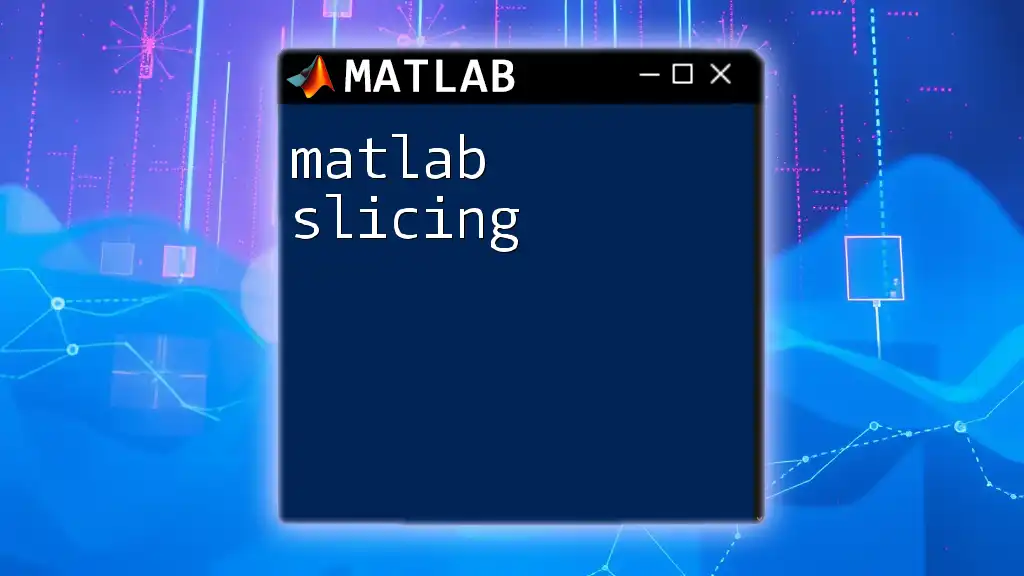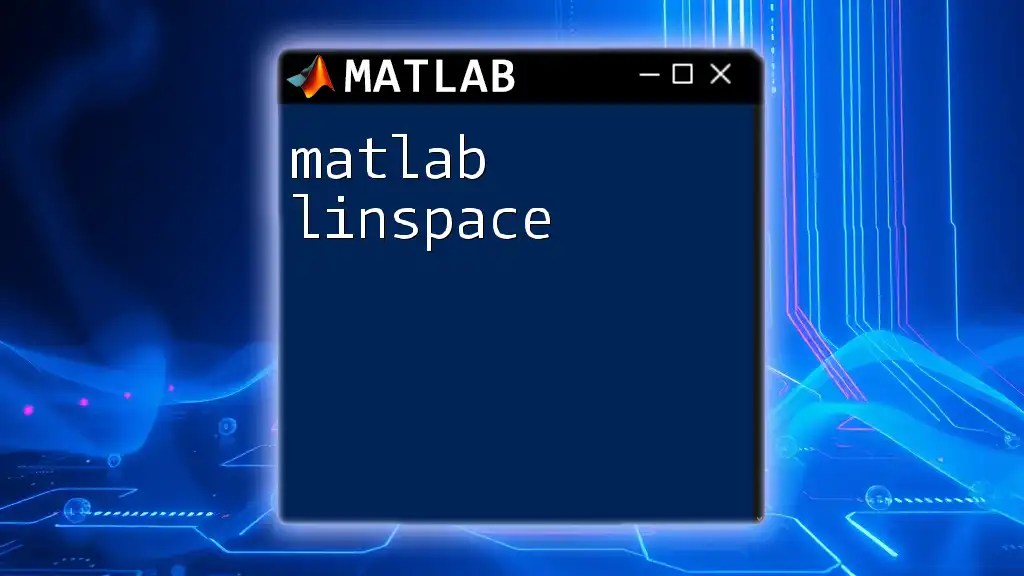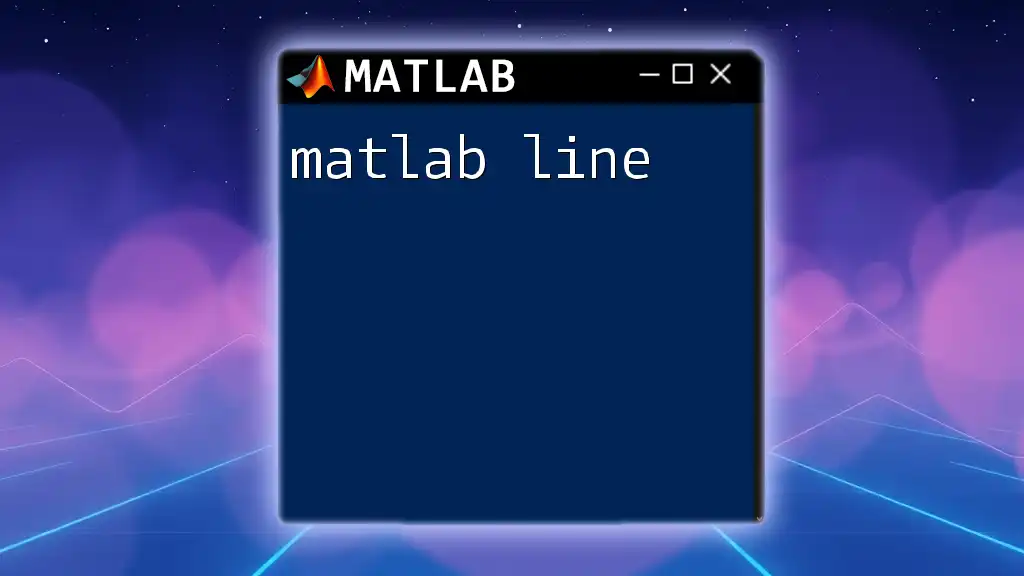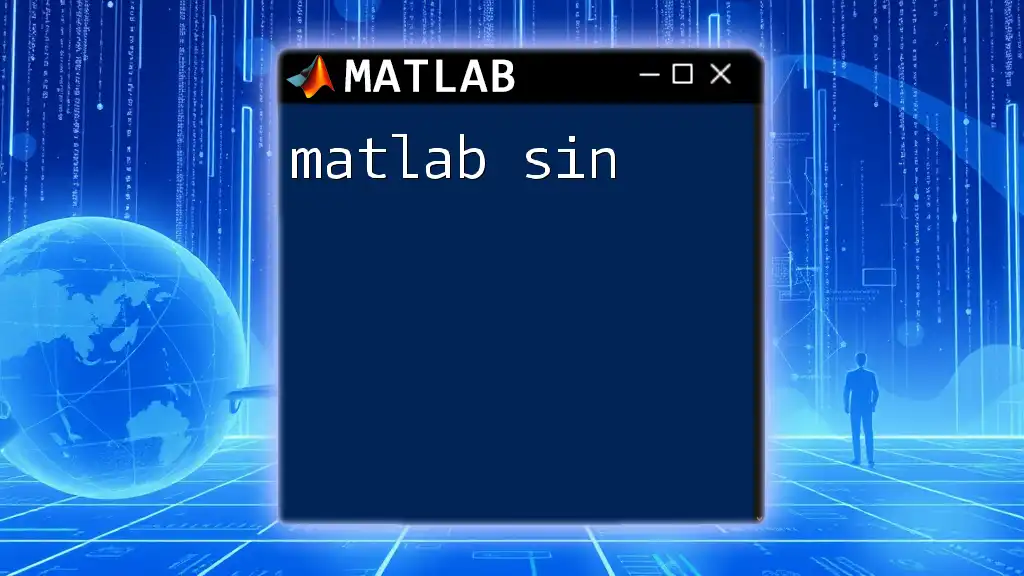MATLAB slicing allows you to access and manipulate specific portions of arrays or matrices using index ranges.
Here is a code snippet demonstrating how to slice a matrix:
% Create a 3x3 matrix
A = [1, 2, 3; 4, 5, 6; 7, 8, 9];
% Slice the top left 2x2 submatrix
B = A(1:2, 1:2);
Understanding Slicing in MATLAB
What is Slicing?
In MATLAB, slicing refers to the process of accessing and manipulating subarrays from larger data structures, such as vectors and matrices. This essential skill allows users to efficiently extract, modify, or analyze specific segments of data without having to work on the entire dataset.
Types of Data Structures to Slice
MATLAB provides several types of data structures that can be sliced:
- Vectors: These are one-dimensional arrays consisting of either a single row (row vectors) or a single column (column vectors).
- Matrices: Two-dimensional arrays that contain numbers arranged in rows and columns.
- Multi-dimensional Arrays: Higher-dimensional arrays that extend beyond two dimensions, allowing for more complex data organization.
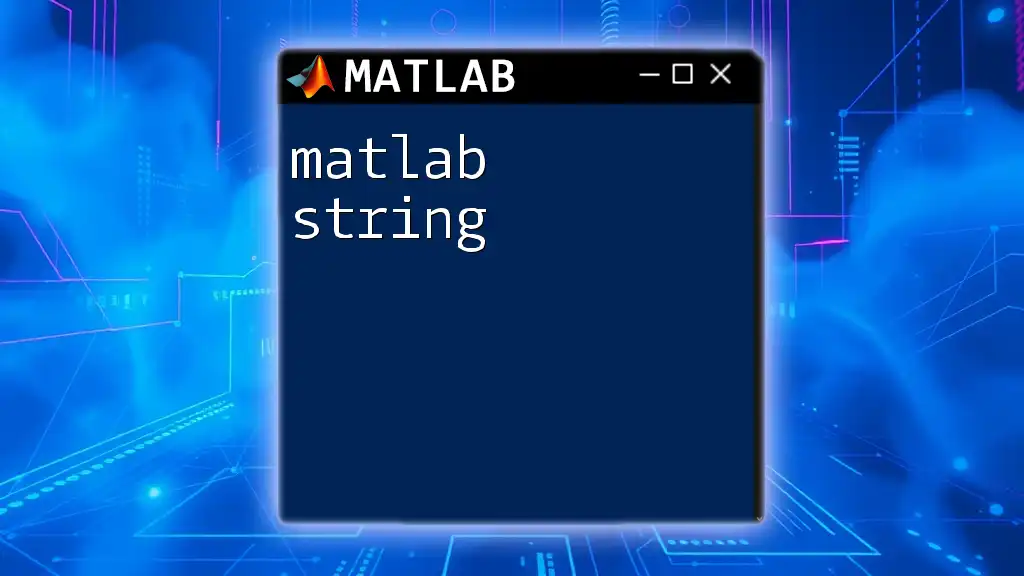
Basic Syntax of Slicing
Indexing in MATLAB
MATLAB employs two primary methods for indexing arrays: linear indexing and subscripts.
- Linear Indexing: In MATLAB, each element of an array can be accessed by a single index number, which counts elements in a column-major order. This method simplifies the indexing process for multi-dimensional arrays by enabling a straightforward reference to any element based on its position.
For example, consider a 3x2 matrix:
A = [1, 2; 3, 4; 5, 6];
- To access the element in the second row and first column using linear indexing, you can use:
element = A(3); % This will return 5.
- Subscripts: Subscripts utilize row and column indices to access specific elements or segments of an array. This method is often clearer, especially for those accustomed to mathematical notation.
Basic Slicing Syntax
One of the most powerful features of MATLAB is the colon operator `:`. This operator is crucial for slicing arrays effectively.
For example, to extract the second column of a matrix:
A = [1, 2, 3; 4, 5, 6; 7, 8, 9];
slice = A(:, 2); % Extracts the second column.
Here, the colon `:` is used to specify all rows in the second column, demonstrating the flexibility and simplicity of slicing in MATLAB.
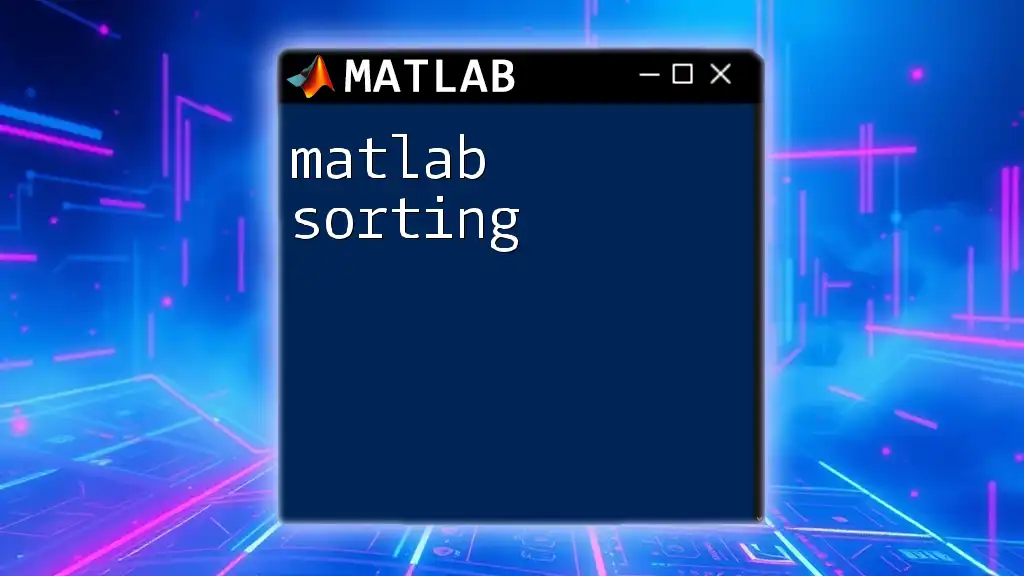
Advanced Slicing Techniques
Slicing Rows and Columns
Extracting specific rows and columns is a common use case for MATLAB slicing.
- Extracting Specific Rows: To obtain particular rows, use the following syntax. For instance, to extract the first two rows of a matrix:
slice = A(1:2, :); % Extracts the first two rows.
The use of the colon operator for columns indicates "all columns" in this context.
- Extracting Specific Columns: You can similarly extract specific columns. For example, if you desire the first and third columns, execute:
slice = A(:, [1, 3]); % Extracts the first and third columns.
This showcases how easy it is to manipulate data using MATLAB slicing.
Slicing with Conditions
Slicing can also be accomplished using logic-based indexing, which allows the extraction of data based on specific conditions.
For example, if we want all elements of `A` that are greater than 5:
A = [1, 2, 3; 4, 5, 6; 7, 8, 9];
slice = A(A > 5); % Extracts all elements greater than 5.
This command results in a new array containing only the values that met the specified condition, demonstrating the power and efficiency of logical indexing.
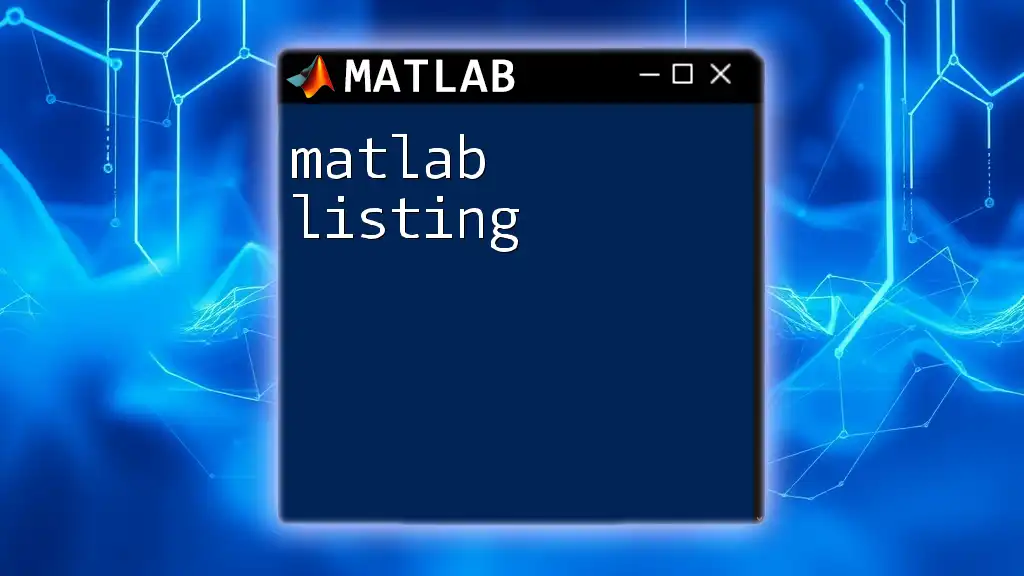
Working with Multi-Dimensional Arrays
Slicing in Three Dimensions
When dealing with 3D arrays, slicing works similarly to 2D arrays, but with an added dimension.
For example, consider the following 4x4x4 random array:
A = rand(4, 4, 4); % Creates a 4x4x4 random array.
slice = A(:, :, 2); % Extracts the second 'slice' along the third dimension.
By providing two colons, we can select all data from the first two dimensions while specifying particular slices from the third dimension.
Advanced Techniques with 4D and Higher Dimensional Arrays
As we venture into higher-dimensional arrays, the principles of slicing remain consistent. Users can specify indices for each dimension, allowing for intricate data extraction. However, for higher dimensionality, keeping track of the indices can become complex, and thus it is advisable to maintain clear documentation of your data structures.
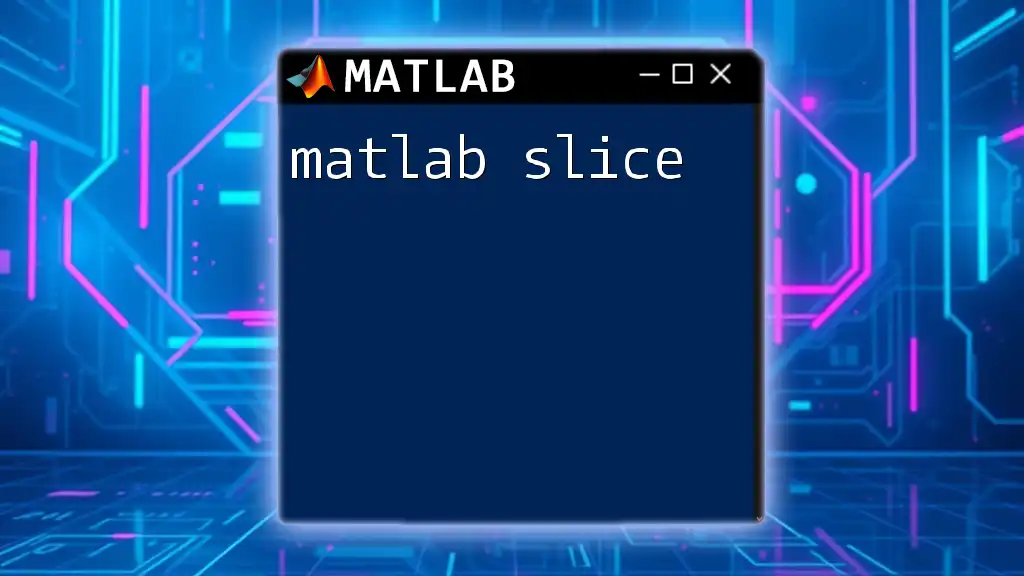
Practical Applications of Slicing
Data Analysis
In data analysis, slicing plays a crucial role in filtering out necessary information and simplifying datasets.
Consider a dataset where you need to extract only the relevant rows based on some criteria. Utilizing slicing, you can create manageable subarrays that focus on your analysis, making your computations more efficient.
Image Processing
Images in MATLAB are represented as matrices whereby each pixel value corresponds to an element in a 2D array, with a triplet of values for RGB images. This characteristic allows for easy manipulation, such as cropping or resizing.
For example, to crop a section of an image, you can slice the matrix representing the image:
img = imread('image.jpg');
cropped_img = img(100:200, 100:200, :); % Crop a region from the image.
This demonstrates real-world applications of slicing that go beyond theoretical understanding.

Common Pitfalls and Troubleshooting Tips
Slicing Errors
One of the most frequent errors encountered in MATLAB slicing is index out of bounds. This occurs when you attempt to access indices that are outside the limits of the array dimensions. Therefore, it’s essential to validate your indices before executing slicing commands.
Tips for Efficient Slicing
When writing slicing code, keeping it efficient and clean is vital. Avoid hardcoding indices whenever possible. Instead, consider using variables for the number of rows or columns, which allows your code to adapt easily to changes in data structure sizes.

Conclusion
In conclusion, MATLAB slicing is an invaluable technique in data manipulation, allowing users to access and modify data efficiently. By understanding the basics and mastering advanced techniques, you can enhance your coding proficiency and boost your productivity in MATLAB.
As you dive deeper into MATLAB, practice slicing with various data structures, explore real-world applications, and develop your expertise further. For more in-depth learning and hands-on experience, consider joining our courses to explore the capabilities of MATLAB comprehensively.
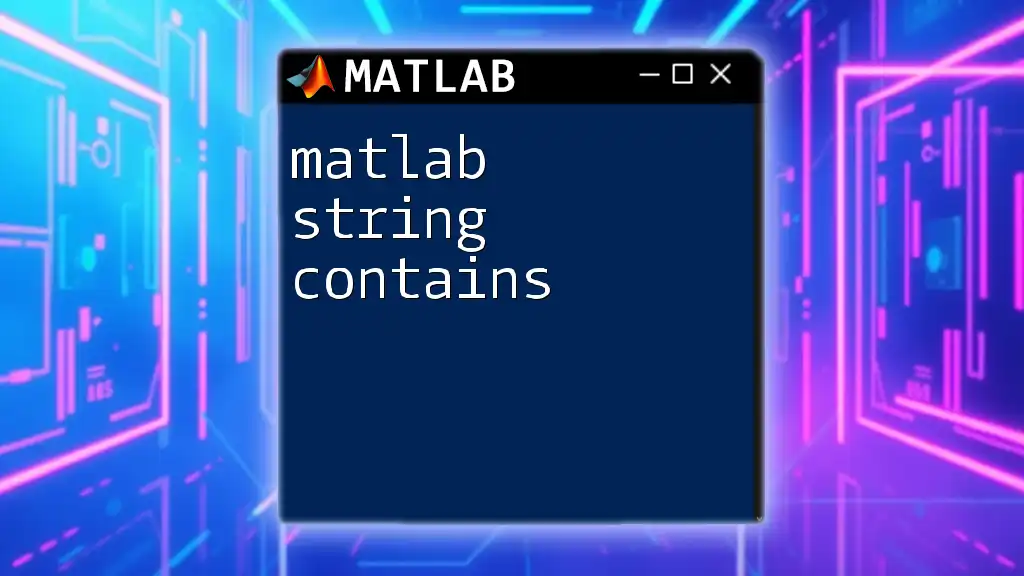
References and Further Reading
For additional insights and detailed study, you might find the official MATLAB documentation on indexing and slicing helpful. There are also numerous books and online resources available that dive deeper into advanced MATLAB usage and slicing techniques, paving the way for your mastery of the language.

